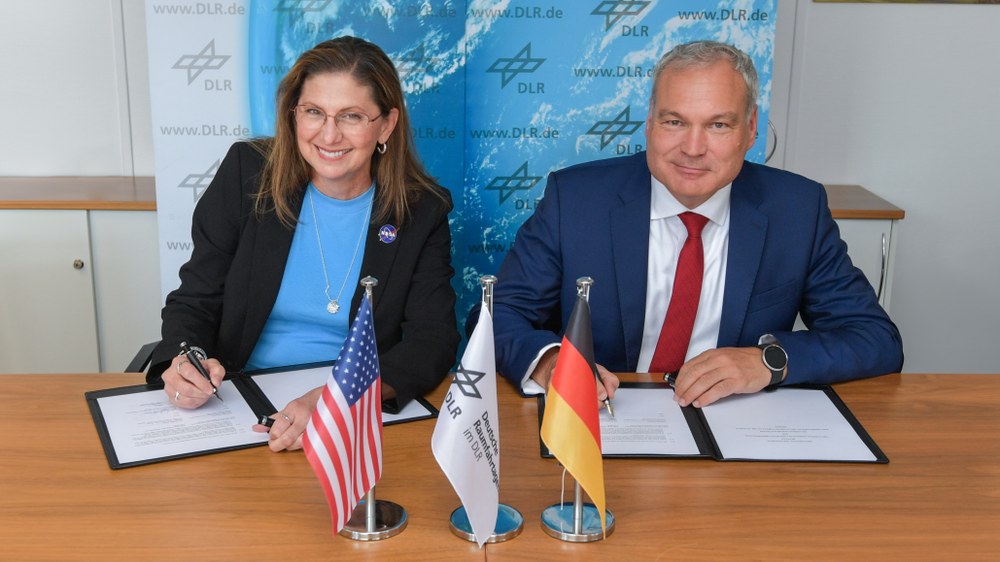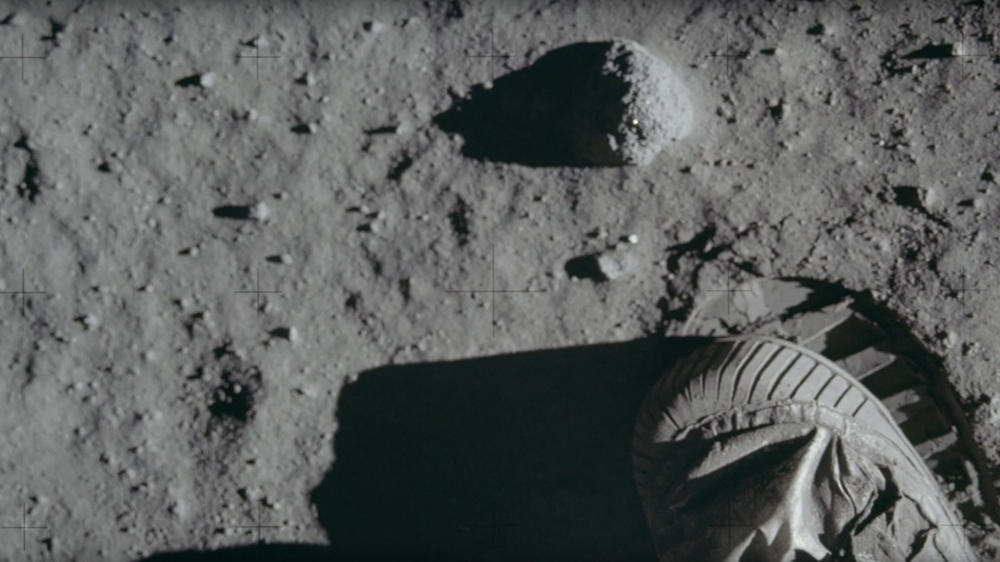Artemis II – small German satellite to fly to the Moon

- A small German satellite will be on board the Artemis II mission.
- The TACHELES CubeSat from Berlin-based company NEUROSPACE GmbH will test the technologies for a lunar rover.
- The contract between NASA and the German Space Agency at DLR was signed on 18 September 2024.
- Focus: Spaceflight, international cooperation
Humankind is preparing to return to the Moon. Artemis II, planned for September 2025, will be the first crewed flight test for Artemis and is the final steppingstone for our return to the lunar surface with Artemis III, planned for 2026. NASA astronauts Reid Wiseman, Victor Glover and Christina Koch and Canadian Space Agency astronaut Jeremy Hansen will orbit the Moon several times in the Orion spacecraft to test the technologies and techniques necessary to once again land on its surface. Artemis II will also conduct fundamental science about the cislunar environment and deploy a series of small CubeSats to conduct experiments and test technologies. Also on-board Artemis II will be a small German satellite, selected by the German Space Agency at the German Aerospace Center (Deutsches Zentrum für Luft und Raumfahrt; DLR). On 18 September 2024, the corresponding agreement was signed between NASA and the German Space Agency at DLR.
"German companies from the space sector are already making a key contribution to Artemis – and thus to humankind's return to the Moon. We are delighted to be able to pass on the opportunity to fly on Artemis II to a German start-up. This will strengthen Germany's position as a centre for space travel in the long term. Cooperation with international space agencies offers a wealth of new opportunities for industry and scientific research in Germany, Europe and around the world," says Walther Pelzer, DLR Executive Board Member and Director General of the German Space Agency at DLR.
"We are delighted to work with our international partners on the Artemis campaign," said Catherine Koerner, Associate Administrator of NASA's Exploration Systems Development Mission Directorate. "Together, we are expanding our understanding of science and technology."
German technology for lunar exploration
A small German satellite, the TACHELES CubeSat from the Berlin-based company NEUROSPACE GmbH, will be on board the Artemis II mission. A CubeSat is a standardised, particularly small, cube-shaped satellite the size of a shoe box. NEUROSPACE is currently developing a rover system based on the CubeSat standard to enable cost-effective access to the lunar surface in the future.
The aim of TACHELES is to test the electrical components of the future rover on its way to the Moon. The influence of space radiation when passing through Earth's two radiation belts – the van Allen belts – is particularly critical for such systems. The flight on Artemis II offers the unique opportunity to collect data on the radiation belts and their effect on the CubeSat's electronics. This data will be used both for scientific research and for the further technical development of the rover system.
Returning to the Moon in an international project
With the Artemis programme, NASA has set itself several ambitious goals in collaboration with international space agencies. Firstly, humans will soon be sent back to the Moon. There are also plans to build a space station in lunar orbit to enable missions to the Moon. This will facilitate extensive exploration of Earth's satellite. In the long term, this infrastructure will also be used to carry out the first astronautical flight to Mars.
The Artemis missions are uniquely designed to expand our knowledge of our enduring companion and establish a long-term human presence on and around the Moon. NASA is focusing on the flight to the Moon, landing sites around the South Pole, the establishment of the Gateway space station in lunar orbit and extending the duration of astronaut expeditions on the lunar surface. To best fulfil the missions' requirements, NASA is involving international partners and increasingly industry in the development of Artemis technology.
For example, the first, initially uncrewed Orion spacecraft was propelled by German technology and set on course for the Moon during the Artemis I mission, in preparation for future astronautical missions. In the future, further Orion space capsules will also be propelled to their destination by this propulsion system and supply unit – the European Service Module (ESM). ESM is at the heart of every Orion spacecraft, as it houses the propulsion, power supply and life support systems. It is manufactured by Airbus in Bremen.
Related link

Return to the Moon - ARTEMIS and Germany's involvement
Your consent to the storage of data ('cookies') is required for the playback of this video on Youtube.com. You can view and change your current data storage settings at any time under privacy.
